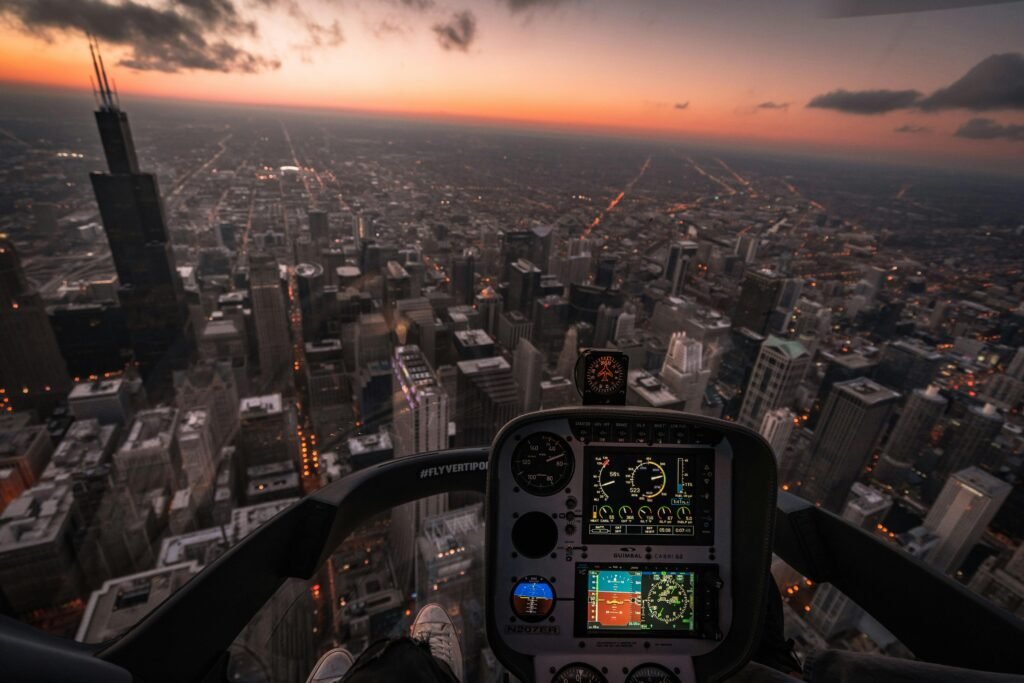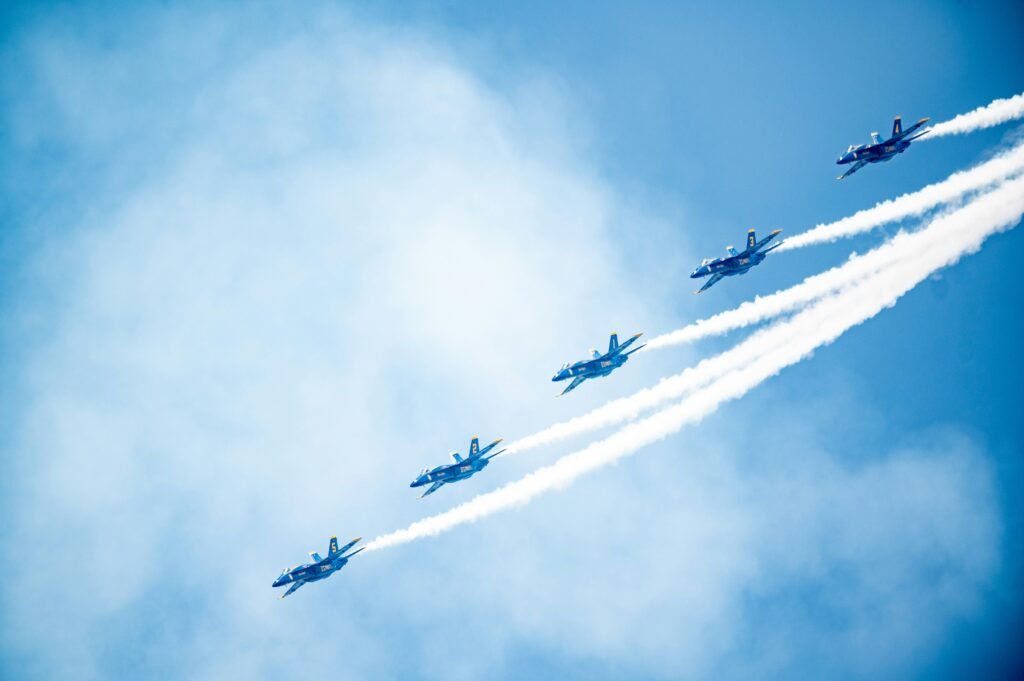Moving Across the Sky: An In-Depth Tour of Aircraft
- AeroDrive Venture
- April 25, 2024
- Category : Aviation
Aircraft
In modern days, I think Aircraft is the best medium for transportation and for long-distance travel, there’s no alternative options. From the very first, people have curiosity over it. Previously, it was very hard to research over it. But now a days it has become quite easier to fill the need of knowing interested things (like-mechanism, how it works, basic structures) and get vast knowledge over it like following this platform. Capacity of staying in empty, views, speed make it more popular. So, here some complex basic aircraft related topics will be discussed clearly that helps to introduce the aircraft.

What is Aircraft?
So, before discussing about the aircraft related complex topics, we all need to know what aircraft is. In the definition of aircraft, we almost know the basic of aircraft. An aircraft is a vehicle that is designed for air transportation. It is typically heavier than air and follow various principles of aerodynamics to achieve flight. So overall, A machine that can flight and to flight, it uses wings to generate lift and an engine to create thrust – an aircraft. Though this journey began with ‘The Wright Flyer’, now jet-type aircraft are also being launched. Various forms of aircraft are like- helicopters, gliders, drones etc. and can be used for various purposes like- transportation of passengers and cargo, military purposes, recreation, surveillance and more.
Aerospace
Aerospace refers to the Earth’s environment and space where aircraft and spacecraft operate. It covers almost everything from the air around us to space.

Within this realm, there are different layers of Earth’s atmosphere, and each layer presents unique challenges and opportunities for flight and exploration. This layer of the Earth’s environment helps to provide lift as well as create drag. When ‘aerospace’ is mentioned, that means it may indicate the ‘Aerospace Industry’. So, the aerospace industry is a business sector that turns aerospace ideas and innovation into reality. Its main task to manufacture aircraft, spacecraft or parts and components through research, design and development for operational purposes.
Explore Aviation

The development and operation of heavier-than-air aircraft. It encompasses all activities related to flying aircraft such as- commercial aviation, general aviation, military aviation, various support service, airport operations and aircraft maintenance. So overall, aviation plays a crucial role in facilitating global transportation, commerce, tourism and most importantly defense.
Understanding Aeronautics
Aeronautics is the scientific field and study of flight withing the earth’s atmosphere that means, science dealing with the operation of aircraft or science of flight of an aircraft.

It covers the design, development, operation of aircraft and related systems. So, aeronautics is a branch that deals with the study, design and manufacturing of aircraft withing the earth’s atmosphere to fly. Engineers in this field are called aeronautical engineers. Aeronautical engineers and scientist focus on developing and improving aircraft.
About Astronautics
Astronautics is a branch of aerospace engineering that focuses on designing, developing and operating spacecraft that travel beyond Earth’s atmosphere. Main focuses are Propulsion Systems, Spacecraft Design, Navigation and Communication Systems, and Effects of Space Travel. It involves creating powerful engines to launch spacecraft into space, designing them to endure space’s extreme conditions, developing systems to guide spacecraft and communicate with Earth, and study how space travel affects humans and other living things. So overall, here main target is to build spacecraft, ensure safety travel through space and study how space affects everything inside it.
Aerodynamics
Aerodynamics is the study of the movement of air and the forces acting on objects as objects move through them.

It is a branch of physics that deals with understanding how air flows around and interacts with objects like airplanes, wings or even cars. Here, the main studies are about lift and drag. Lift is that force that keeps airplane airborne by shaping wings to interact with air and drag is air resistance that slows the moving object. Also, stability and control are focused here that means understanding how air affects on object’s movement and designing control surface to steer it.
Astrodynamics
Astrodynamics is the study of the motion of an object in space like how to throw an object, particularly how they move under the influence of gravitational forces. Basically, astrodynamics uses math and physics to figure out how to throw things (rockets and spacecraft) in space to get them where we want them to go. Suppose I am a disc thrower. Even I am good enough and have expertise on it like champion!! I know my target and to reach my target I know how to spin it, how I must give force to hit the target and how gravity affects or not.
Astrodynamics is like that.
- They know exactly how much spin and force to hit the target (launching a rocket).
- They can predict exactly where the disc will go based on wind (like calculating a spacecraft’s trajectory).
- They understand how gravity affects the disc (like how the gravity of planets and moons influences spacecraft).
Aerostatics
Aerostatics is an area of fluid mechanics that deals with the study of gases at rest, particularly focusing on their equilibrium under the influence of external forces. This field covers various principles related to the behavior of gases in a state of equilibrium, including the effects of pressure, density, and temperature on the overall stability of a gas. The study of buoyancy and the mechanics of lighter-than-air vehicles, such balloons and airships, where knowledge of gas equilibrium is essential for flight, makes aerostatics especially crucial.
For example, a dropping tennis ball and a feather in still air. The tennis ball falls quickly due to gravity. The feather falls slowly because air resistance (drag) slows its descent. Aerostatics helps us understand these forces at play and how they affect objects in the atmosphere.
Avionics
The electronics systems that are used in aircraft to monitor performance, control various functions, and connect with other aircraft or ground stations are referred to as avionics.

These systems include radar, flight management, autopilot, communication, and navigational devices. In contemporary aircraft, avionics are essential for secure flying, efficient communication, and controlling flight by the pilot. They support the reliability, effectiveness, and safety of air travel.
